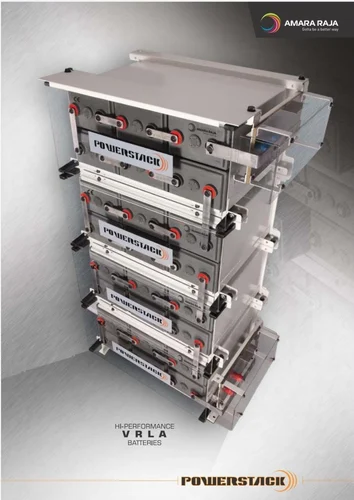Overview: We provide specialized repairing and Annual Maintenance Contract (AMC) services for batteries ranging from 7Ah to 280Ah. Our services are designed to extend battery life, ensure optimal performance, and reduce unexpected costs. Services Offered: Battery Repair Services: Diagnostics and Testing: Comprehensive testing to identify issues such as capacity loss, internal resistance, and short circuits. Reconditioning: Techniques to restore battery capacity, including desulfation and electrolyte replenishment. Cell Replacement: Replacement of faulty cells to improve overall battery health. Sealing and Maintenance: Sealing and maintenance of battery terminals to prevent corrosion. Annual Maintenance Contracts (AMC): Regular Inspections: Scheduled inspections to monitor battery health and performance. Preventive Maintenance: Cleaning and servicing to prevent issues before they arise. 24/7 Support: Round-the-clock assistance for any battery-related emergencies. Customized Plans: AMC plans tailored to individual requirements and usage patterns. Battery Capacity Focus: Range: 7Ah to 280Ah Small Batteries (7Ah - 40Ah): Ideal for UPS systems, alarms, and backup power solutions. Medium Batteries (40Ah - 120Ah): Used in telecommunications, solar applications, and larger UPS systems. Large Batteries (120Ah - 280Ah): Suitable for industrial applications, large UPS systems, and energy storage solutions. Benefits of Our Services: Extended Battery Life: Regular maintenance and timely repairs can significantly increase battery lifespan. Cost-Effective Solutions: AMC services help prevent unexpected expenses due to battery failures. Expert Technicians: Skilled professionals with experience in handling various battery types and brands. Quick Turnaround: Efficient service delivery to minimize downtime. Safety Assurance: Adherence to safety standards during repairs and maintenance. Contact Information: For inquiries or to schedule a service, please contact us: Phone: 8744823336 Email: info@universalpower.co.in Address: Plot No.-70, Udyog Vihar-VI, Sector-37 Gurugram, Haryana, India -122001
Send Message







